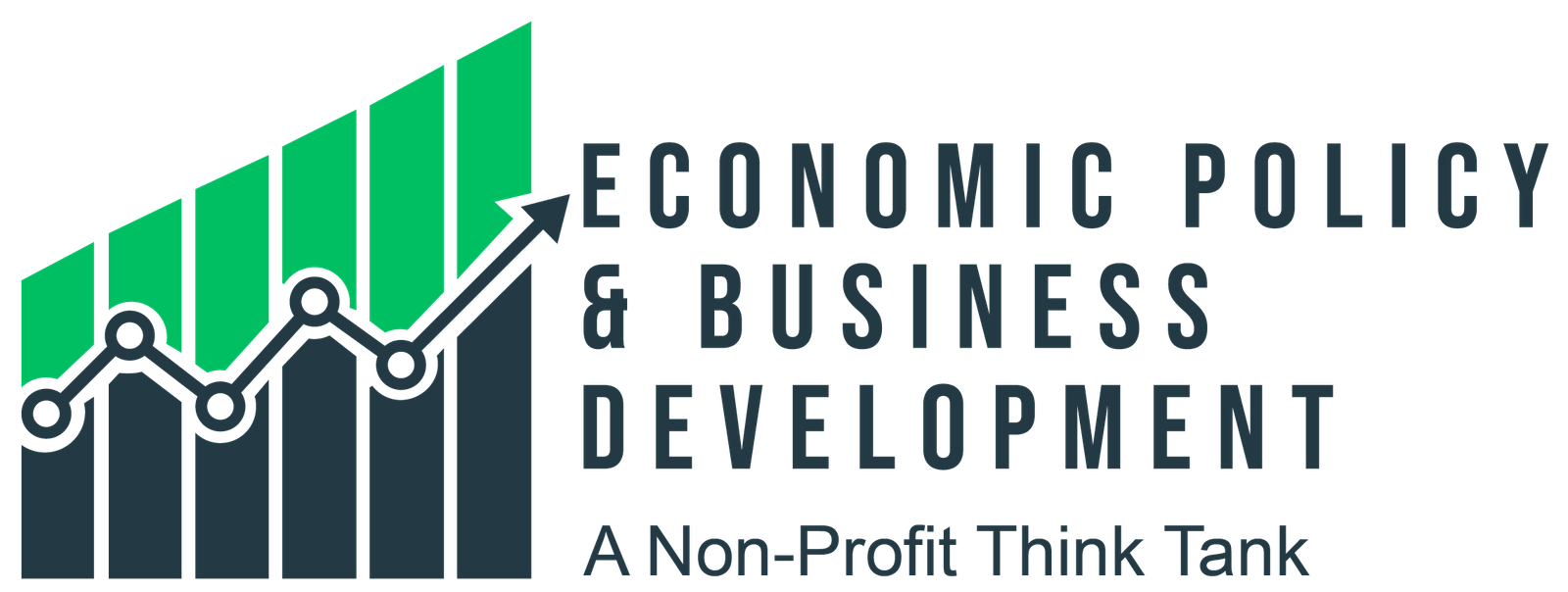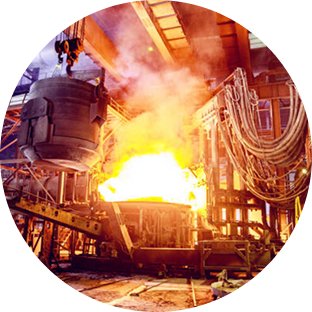Steel and Steam: Reforming Pakistan’s Industrial Giants
Pakistan’s two towering public sector enterprises – Pakistan Steel Mills (PSM) and Pakistan Railways – reflect decades of missed opportunities, political interference, and neglect. Yet, within this decay lies potential for revival—if bold, transparent reforms take root.
The Rise and Fall of Pakistan Steel Mills
Pakistan Steel Mills was born of an ambitious vision during the First Five-Year Plan (1955–1960): to reduce reliance on imported steel and catalyze domestic industrialization. Construction began in the 1970s with Soviet assistance, and full operations were achieved in 1984. At its peak, PSM produced over a million tons of steel annually.
Fast forward to 2024, and the once-iconic plant stands idle and deteriorating. Operations halted in 2015 due to unpaid gas bills exceeding Rs. 35 billion, prompting a complete shutdown of its core production units. Years of neglect, political interference, and financial mismanagement have left the infrastructure in a state of advanced disrepair.
Bailout packages totaling Rs. 58 billion failed to stem the rot, with liabilities now exceeding Rs. 400 billion. Amid growing losses, the government has opted to repurpose PSM’s 19,000 acres, establishing Special Economic Zones (SEZs) and transferring 700 acres to the Sindh government for a new steel facility.
In May 2025, Pakistan and Russia signed a $2.6 billion agreement to build a new steel plant on the same site—aiming to reduce $2.7 billion in annual steel imports and signal industrial renewal. However, without correcting governance failures – such as politically motivated appointments, procurement irregularities, and legal bottlenecks – even this promising joint venture may falter.
Pakistan Railways: A Network in Crisis
Established in colonial times, Pakistan Railways once formed the economic spine of national mobility and cargo. In the post-independence decades, it remained vital for agricultural and industrial logistics. But since the 1970s, underinvestment, corruption, and shifting policy focus toward road transport have led to steep decline.
Today, Pakistan Railways operates under a shadow of debt exceeding Rs. 51.3 billion. Aging infrastructure and unreliable service have eroded public confidence. Though PPPs now run some routes, rising fares and limited oversight raise equity concerns.
Major modernization projects like the Main Line-1 (ML-1), estimated at Rs. 2.3 trillion, have been delayed due to funding gaps. With its potential to power Pakistan’s energy and mining corridor—particularly Reko Diq and Thar – ML-1 remains a national imperative.
Latest Update: Reko Diq Linkage Gains Urgency
PM Shehbaz Sharif has directed authorities to link the Reko Diq mining site to the national rail network by 2028—a move to unlock jobs and economic activity in Balochistan. An inter-ministerial committee will oversee project financing, while stakeholders conditionally await $3 billion for Phase-1. The railway’s integration with national mining ambitions makes reform urgent and strategic.
Reform or Ruin?
Both PSM and Pakistan Railways underscore a common theme: institutional decay can no longer be patched over with subsidies and ad hoc fixes. Reforms must be structural, guided by independent oversight, transparency, and public accountability.
Unified recommendations include:
- Phased privatization with legal safeguards
- Independent, depoliticized governance boards
- PPP-led infrastructure renewal
- Productive use of idle assets
- Worker retraining and transition support
- Long-term industrial and transport strategies
- Fiscal discipline; end to ad hoc bailouts
Conclusion
Pakistan Steel Mills and Pakistan Railways are not just relics of the past; they are litmus tests for the country’s reform ambitions. Whether through privatization, public-private collaboration, or institutional overhaul, the path forward must be bold, strategic, and unflinchingly honest. Only then can Pakistan’s steel and steam giants be transformed from liabilities into engines of growth.






